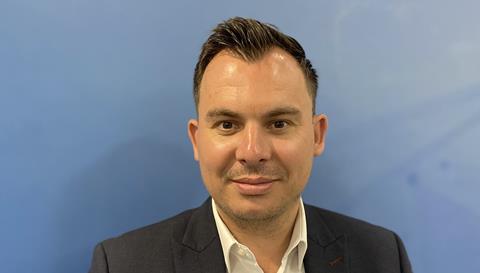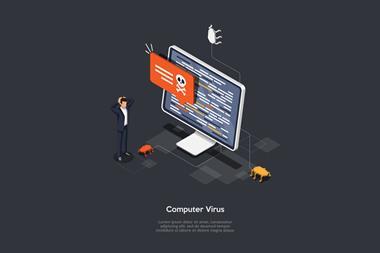The combination of a more intense and volatile risk environment coupled with more stringent regulatory demands, means that businesses need to be able to analyse and understand their claims data, says Wayne Brand, head of corporate client practice at Crawford & Company
In association with Crawford & Company
The theme for this year’s Airmic conference in June was “Tomorrow’s Risks Today”. A catch-all theme in many ways, it provided a platform for key discussions across the spectrum of geopolitical, economic, technological and climate risks.
Yet, while many of the presentations focused on the direct impacts of these developments on the risk environment and the repercussions for organisations, conversations off stage with our clients often centred on how this rapidly shifting landscape was driving and changing customer expectations and priorities.

Stability, security, efficiency
In response to increasing global fragility and volatility, companies are seeking greater stability, security, efficiency, and consistency from their critical suppliers.
Data is a core part of this. In a digital world exposed to more frequent and impactful cyber-attacks and open to new risks from novel technologies, organisations are demanding more detailed information on how their data is being protected and the cyber security measures in place.
Data concerns are being heightened by the increasing integration of AI and Gen AI into operating systems.
The potential that AI offers to enhance the customer experience is clear, but by its operating nature it can circumvent data protection measures and data privacy regulations. As a result, companies are seeking much greater clarity around how AI is being applied and what the data implications might be.
Demanding clearer evidence
Looking beyond AI at the wider technological ecosystem, clients are eager to understand and see hard evidence of how new capabilities and technologies being integrated into the claims environment are optimising the customer experience, reducing the claims lifecycle, and also reducing the associated costs.
In that context, companies are scrutinising the cost of claims at a much more granular level, particularly given the inflation-charged environment of recent years. Crawford has been working with clients to analyse historical claims data and applying inflationary uplifts to gain a better understanding of the performance of their claims spend.
“Clients are eager to understand and see hard evidence of how new capabilities and technologies being integrated into the claims environment are optimising the customer experience”
In an increasingly competitive insurance market subject to rising loss frequency and severity, the challenge to claims management companies such as Crawford is continually to explore new ways to reduce the costs of claims while also ensuring the highest standards of customer care and meeting consumer duty requirements.
Looking ahead to the FERMA Forum in Madrid in October, Crawford would expect the evolving demands and expectations of clients to be a key aspect of conversations. The event entitled “Join the Risk Revolution” aims to explore how risk managers can successfully navigate this new era of risk.
Pivoting in response to disruption
Disruption is a key characteristic of this new era. Client expectations will therefore undoubtedly be focused on challenges such as supply-chain resilience and as part of that how our organisation is working to temper links in its own chain to minimise the impact of any disruption, from whatever source, on our ability to maintain service delivery around the globe.
Against a backdrop of rapidly evolving conflicts and a changing political landscape with over 60 countries globally undergoing major elections, customers also want clearer insights on how their critical suppliers can flex their business models to ensure service consistency in a period of significant change.
“The uptick in client expectations we are seeing within the claims sector reflects the increasing demands of a more intense and volatile risk environment”
The introduction of sanctions or checks and shifts in regulatory stance that directly impact how claims are handled, mean that Crawford must be able to pivot quickly in response to a rapidly shifting environment.
Managing global programs often spanning tens of different countries requires us to constantly monitor regional development and be sufficiently agile to change stance quickly to avoid any potential service disruption.
The uptick in client expectations we are seeing within the claims sector reflects the increasing demands of a more intense and volatile risk environment coupled with more stringent regulatory demands. As we move forward, this will only intensify placing greater onus on our organisation to continually meet and exceed those expectations.
In association with Crawford & Company









